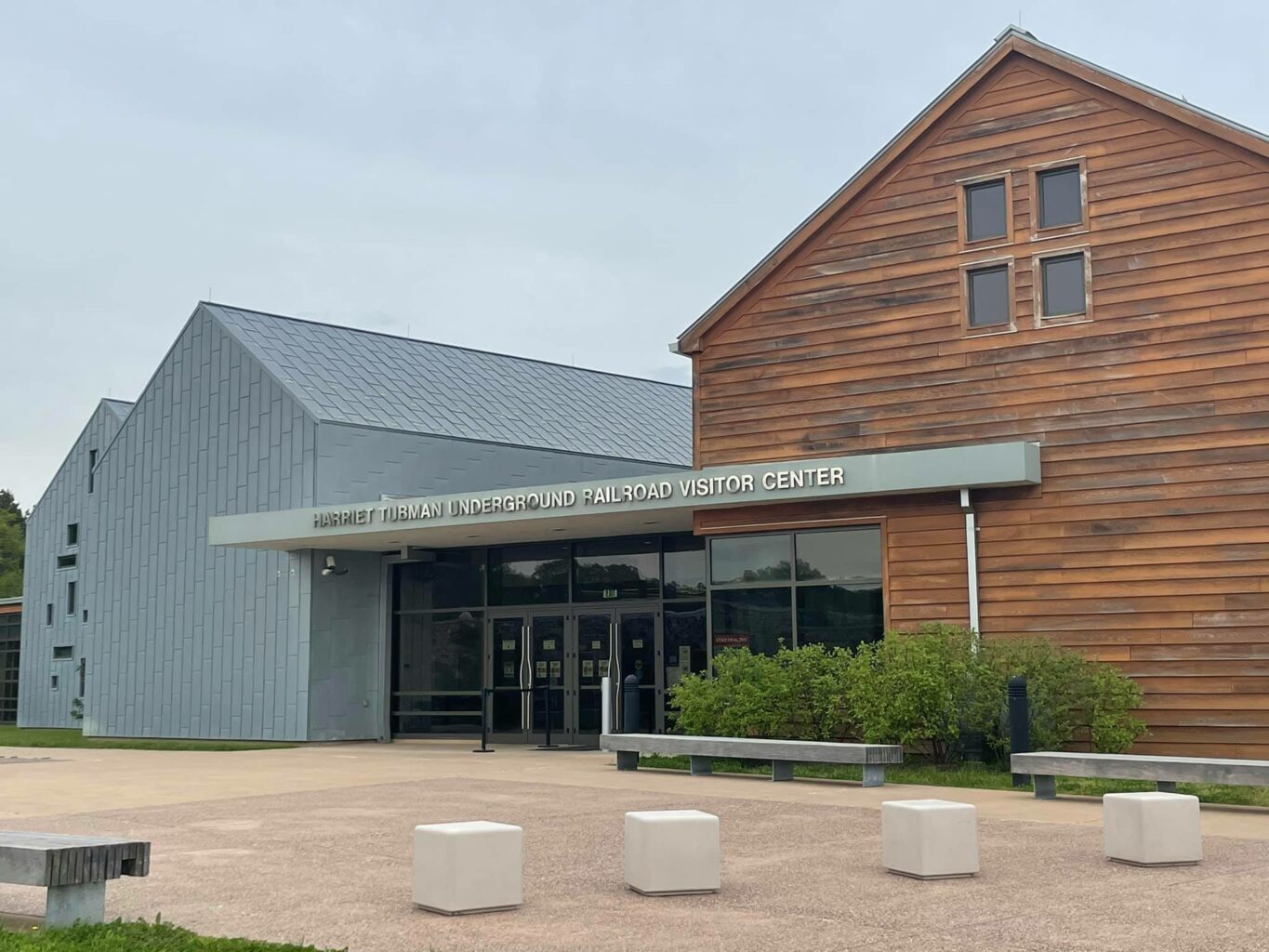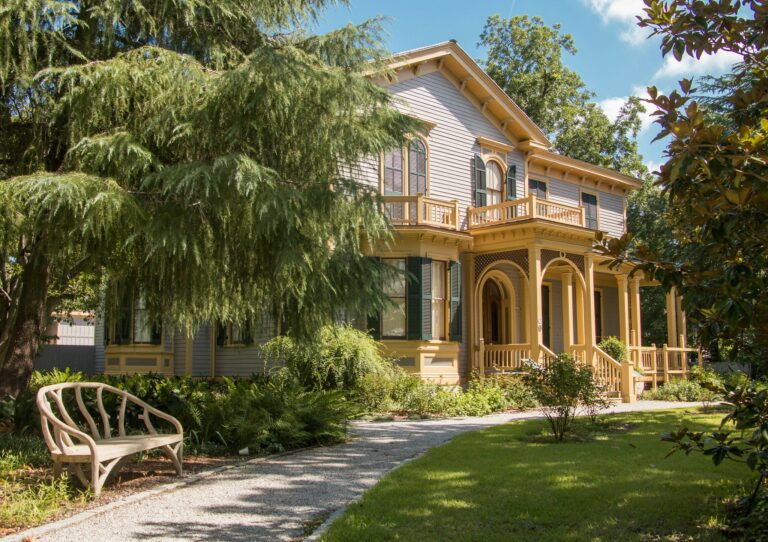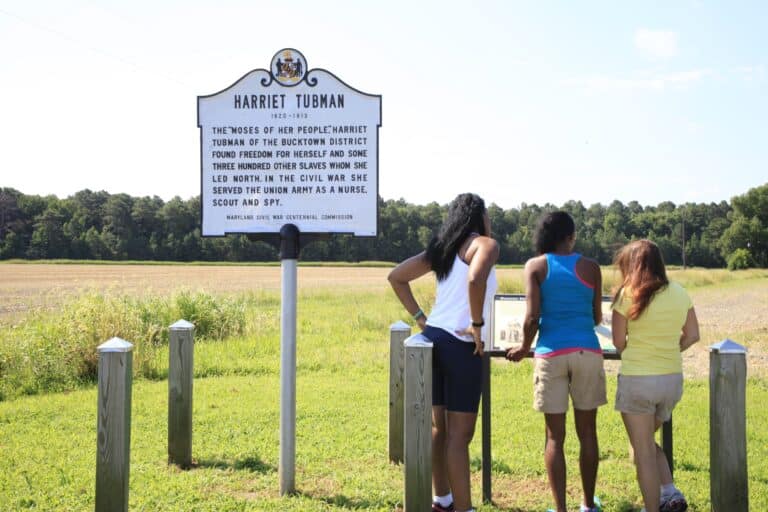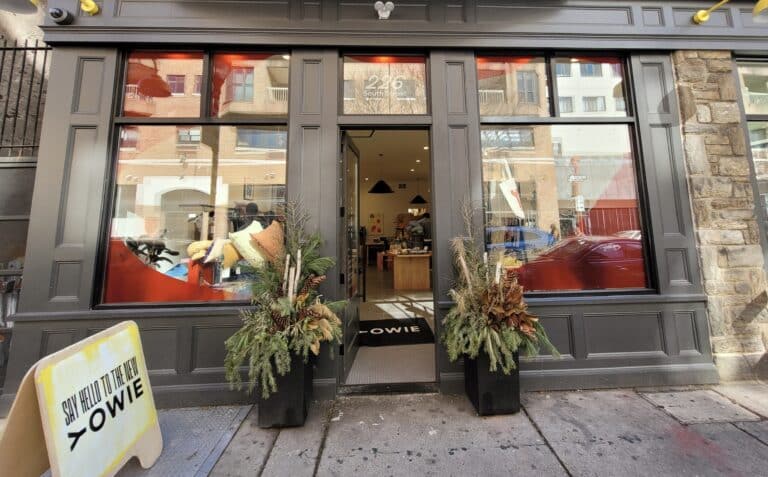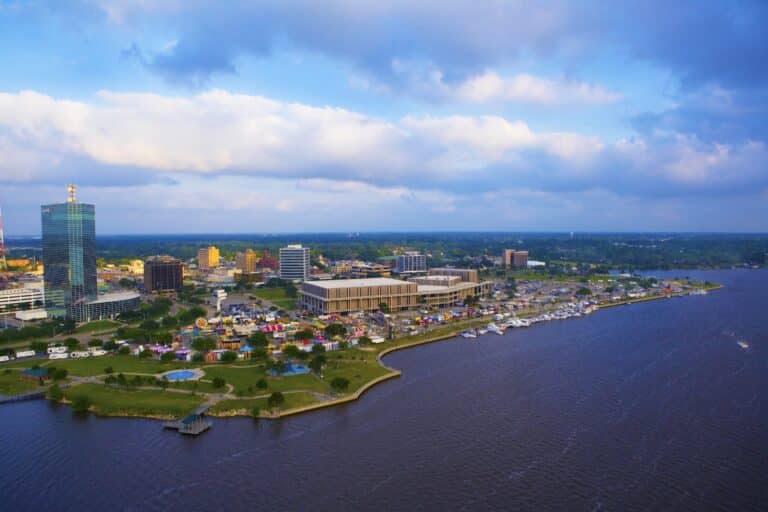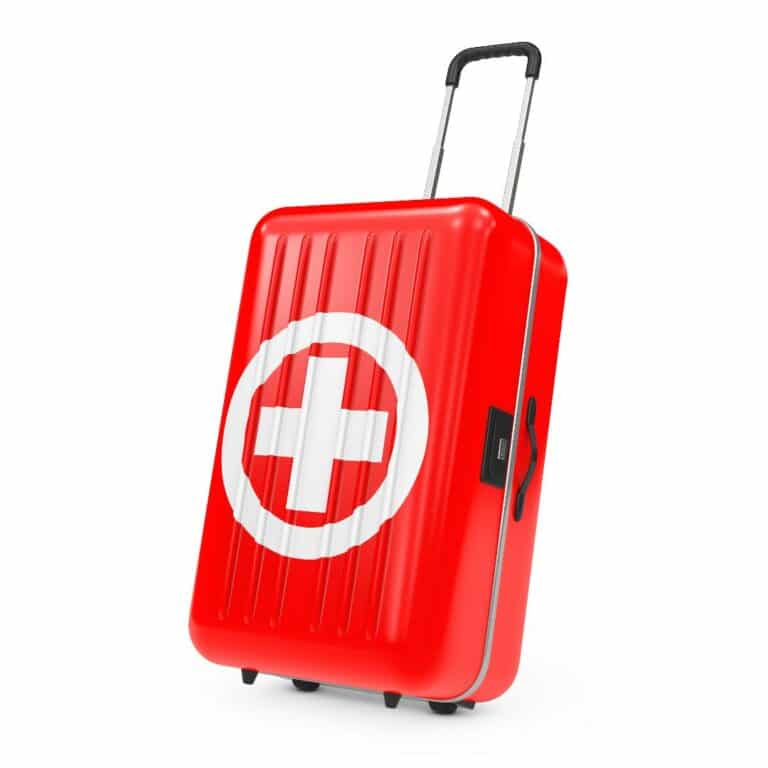|
Getting your Trinity Audio player ready...
|
“I’m from Maryland and lived here just about all my life, and I had heard the name Harriet Tubman but didn’t know anything about her. And I was surprised to find that her story started right here on the Maryland Eastern Shore,” exclaims Ranger Cierra Maszkiewicz of the Harriet Tubman Underground Railroad State Park and Visitors Center in Dorchester County. The site is one of 30 along the 125-mile Harriet Tubman Byway, which runs from Cambridge, Maryland, to Philadelphia, Pennsylvania. Maryland Governor Larry Hogan has proclaimed 2022 as “The Year of Harriet Tubman” as the state celebrates her bicentennial.
“She was born in late Feb or early March of 1822 and died March 10, 1913, as Araminta Ross,” notes Maszkiewicz. “For the entire month of March, we have on display a ledger that showed that Anthony Thompson paid for a midwife for Henrietta “Rit” Ross, who was Harriet’s mother, and that was March 15, 1822.” She continues, “Typically, you pay your midwife within two weeks of the services, so we figure Harriet was born either the end of February or beginning of March.”
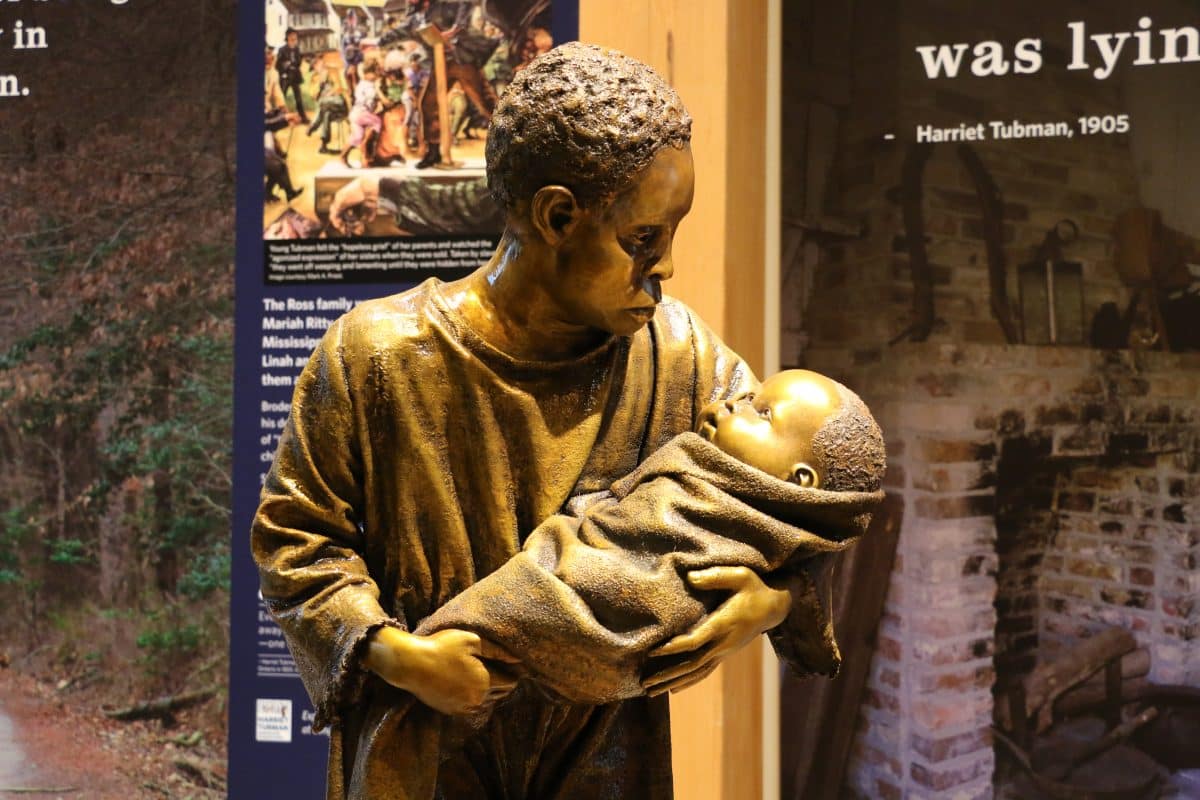
Recreating Harriet Tubman Early Years
That same ledger, and the reward ad from when Harriet and her two brothers first attempted to escape north, are never-before-seen artifacts from the site of Tubman’s childhood home. They debuted during the State Park’s three-day celebration earlier this month, including tours, reenactments, music, and a talk with Tubman’s great-great-great grandniece, Tina Wyatt.
“Our park is located right between Madison where Tubman was born and Bucktown where she was enslaved,” states Maszkiewicz. “The Black Water National Wildlife Refuge is next to us and is a good place to see the landscape that Tubman grew up in and where she learned the skills necessary to become the most successful conductor on the Underground Railroad.
“The Brodess Farm where she was enslaved is only a few miles from us and next to that is the Bucktown General Store, which is where Harriet was hit in the head [by a white man] with a two-pound weight, which fractured her skull and caused her to have these vivid visions and hear the voice of God.”
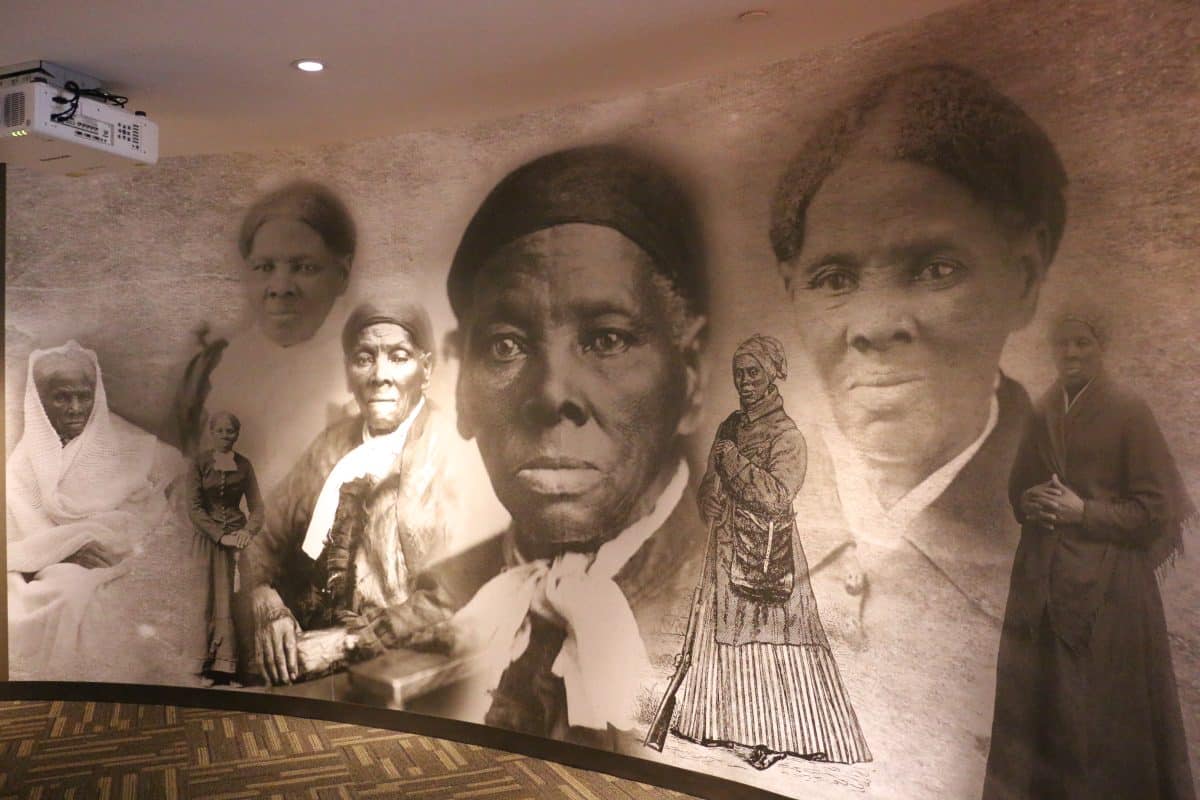
The Harriet Tubman Underground Railroad (URR) State Park and Visitors Center is one of the most popular stops along the Tubman Byway, getting about 70,000 visitors from around the world before the pandemic. “I really love our park’s design because there’s a lot of symbolism to it,” says Maszkiewicz. “When you enter the park, you’re entering from the South, and to travel to and through the Visitors Center, you’re traveling North to mimic the movement of enslaved freedom seekers.”
- A Journey Through the Reconstruction Era in Columbia, South Carolina
- Footsteps to Freedom in Honor of the Harriet Tubman Bicentennial
She continues, “The Visitors Center is made up of four buildings. The first being lined in red cedar to honor Tubman’s time working the timber yards with her father, Ben Ross, who was a trusted timber forman…The Center starts with a 15-minute film about Tubman, then a self-guided tour of exhibits on her childhood home, her family and community, her faith, her enslavement, her rescue missions on the URR, and her time in the Civil War, where she served as a nurse, a scout, a spy and a soldier.”
The Freedom Seekers
Though most Tubman sites are in Dorchester County, there are sites in the city of Baltimore that also honor her and/or the URR. “We have definitively documented that at least eight freedom seekers came through the B&O Mount Clare Station, and at least 23 came through the B&O system as a whole,” says B&O Railroad Museum executive director Kris Hoellen.
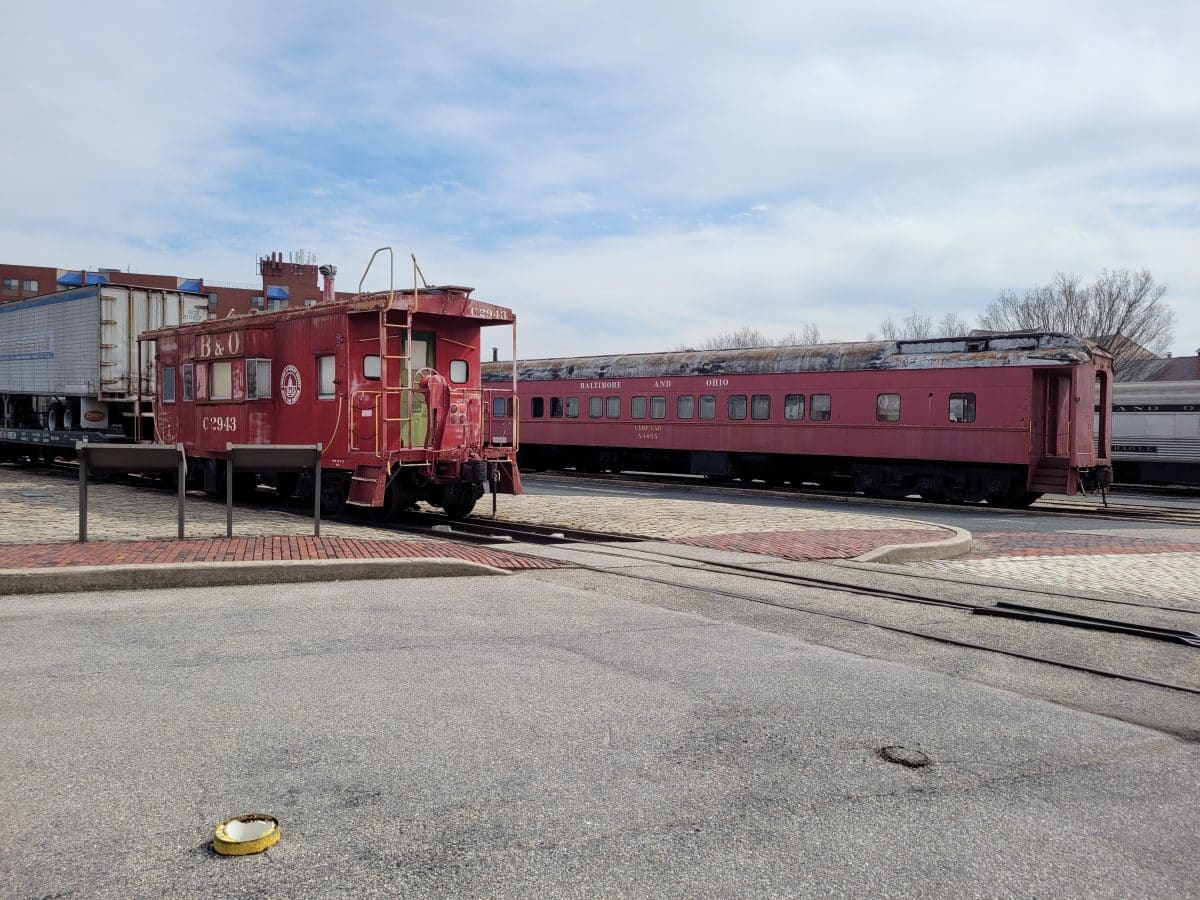
She adds, “We got the designation as a National URR Network to Freedom Sight from the National Park Service in October of 2021. The physical railroad was an essential component of many people’s journey on the URR. So these were freedom seekers who were in plain sight.”
Hoellen continues, “Also, the URR used the same terminology that the real railroad used. And even the freedom seekers who weren’t on the physical railroad followed the same routes as the trains. But the B&O, which was headed by Quakers at the time, made a conscious decision not to enforce the law if freedom seekers were found on their trains.”
The museum has a self-guided tour entitled “From Slavery to Civil Rights.” And there are plans to open a new exhibit on the role the physical railroad played in the URR during International URR Month in September. And though there is no evidence of Harriet Tubman coming through the museum’s Mount Clare Station, there are other freedom seekers who escaped through here, like William and Ellen Craft and Henry “Box” Brown.
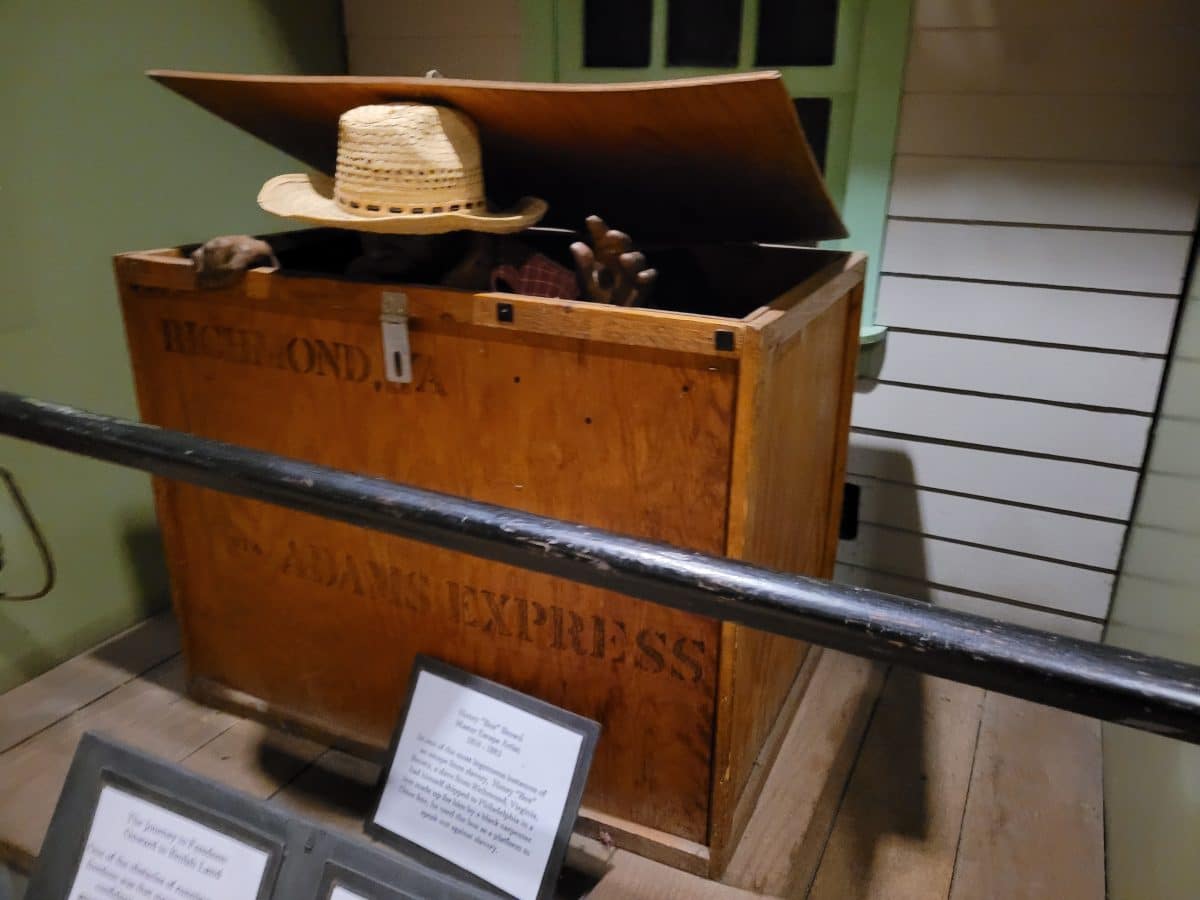
“The Crafts were a married couple from Macon, Georgia. Ellen was very light-skinned and William was very dark-skinned…so Ellen dressed as a disabled white male traveling with his servant for a harrowing escape to Philadelphia, Pennsylvania,” explains Hoellen. “Henry ‘Box’ Brown literally shipped himself in a three-foot box from Richmond, Virginia, to Philadelphia and he came through the Mount Clare Station,” she adds.
Reclaiming the Life of Harriet Tubman
Visitors to Baltimore can see a wax figure of Henry “Box” Brown at the National Great Blacks in Wax Museum. The museum, which opened in an old firehouse in 1988, has wax figures depicting famous Blacks from Ancient Africa to today. Harriet Tubman was one of its first figures.
“The Tubman scene has Thomas Garrett, a white abolitionist putting an enslaved person through a faux stove, and the stove is actually an escape tunnel, so on the other side you see Harriet Tubman pulling the man through to freedom,” explains museum president and co-founder, Joanne Martin. She adds, “We also have an abolitionist exhibit with Frederick Douglass, who is one of our most popular figures, and he is with Sojourner Truth, who was an abolitionist and a suffragist, as was Tubman. We also have a virtual tour, Black Female Spies of the Civil War, that includes Tubman’s work as a union spy.”
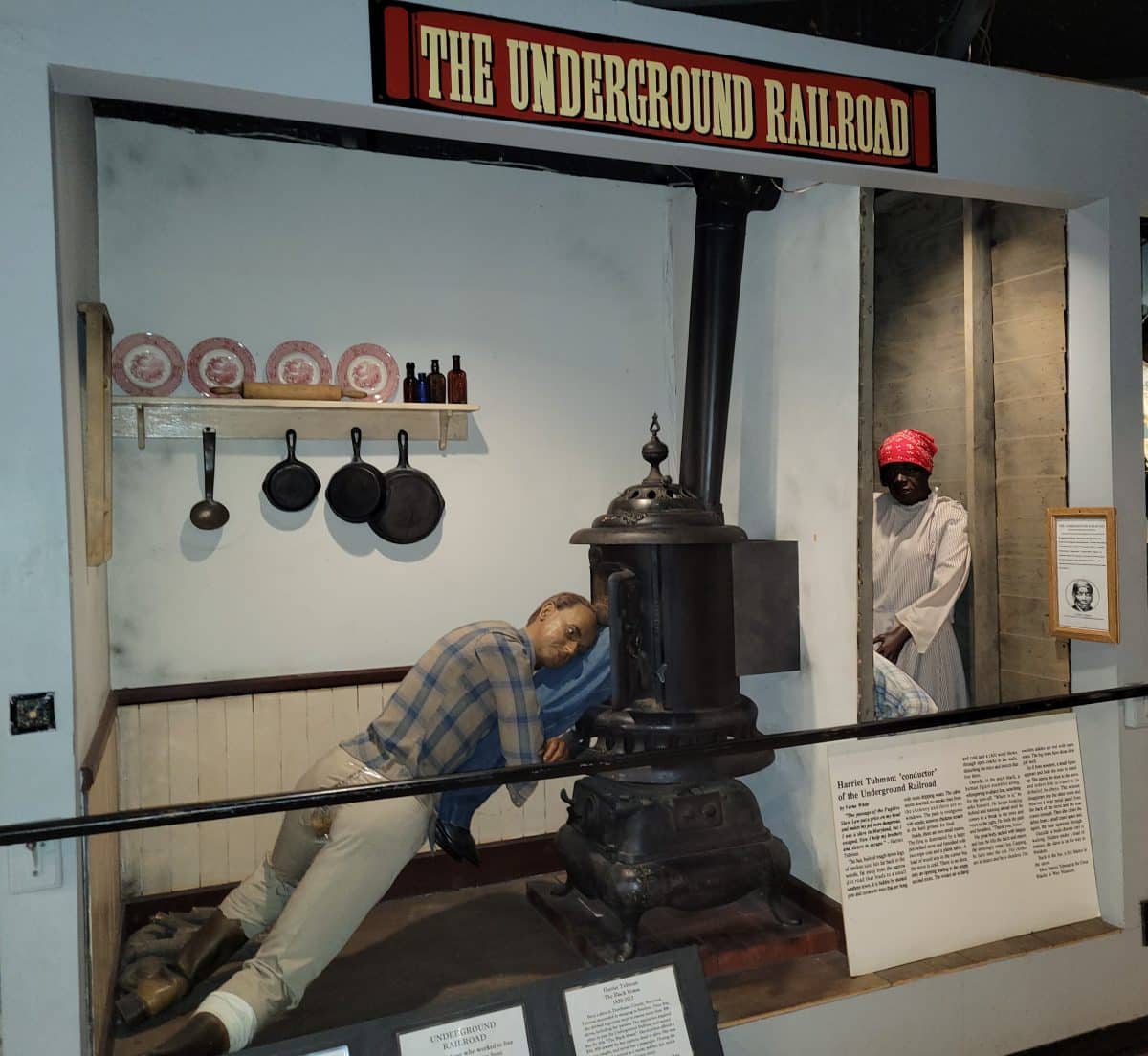
The Reginald F. Lewis Museum of Maryland African American History and Culture (The Lewis), which is built near a slave-trading site, is another place to visit for works on Tubman and the URR. “We received about 85 artifacts from one family, most of which is documentation of Maryland instances of enslavement,” says museum executive director Terri Freeman.
“We also have [artwork] that depicts Tubman as a real freedom fighter,” she adds. The artwork includes depictions of Tubman as a child, as a shepherd leading sheep to freedom and as a servant of God. Enslavement artifacts include chains and an enlarged reward ad for escaped freedom seekers.
The Lewis Museum recently hosted a webinar entitled, Reclaiming Harriet Tubman: A Life Behind the Myth with Dr. Kate Clifford Larson, who was a consultant on the [Hollywood] film “Harriet” and wrote “Bound for the Promised Land: Harriet Tubman, Portrait of an American Hero.”
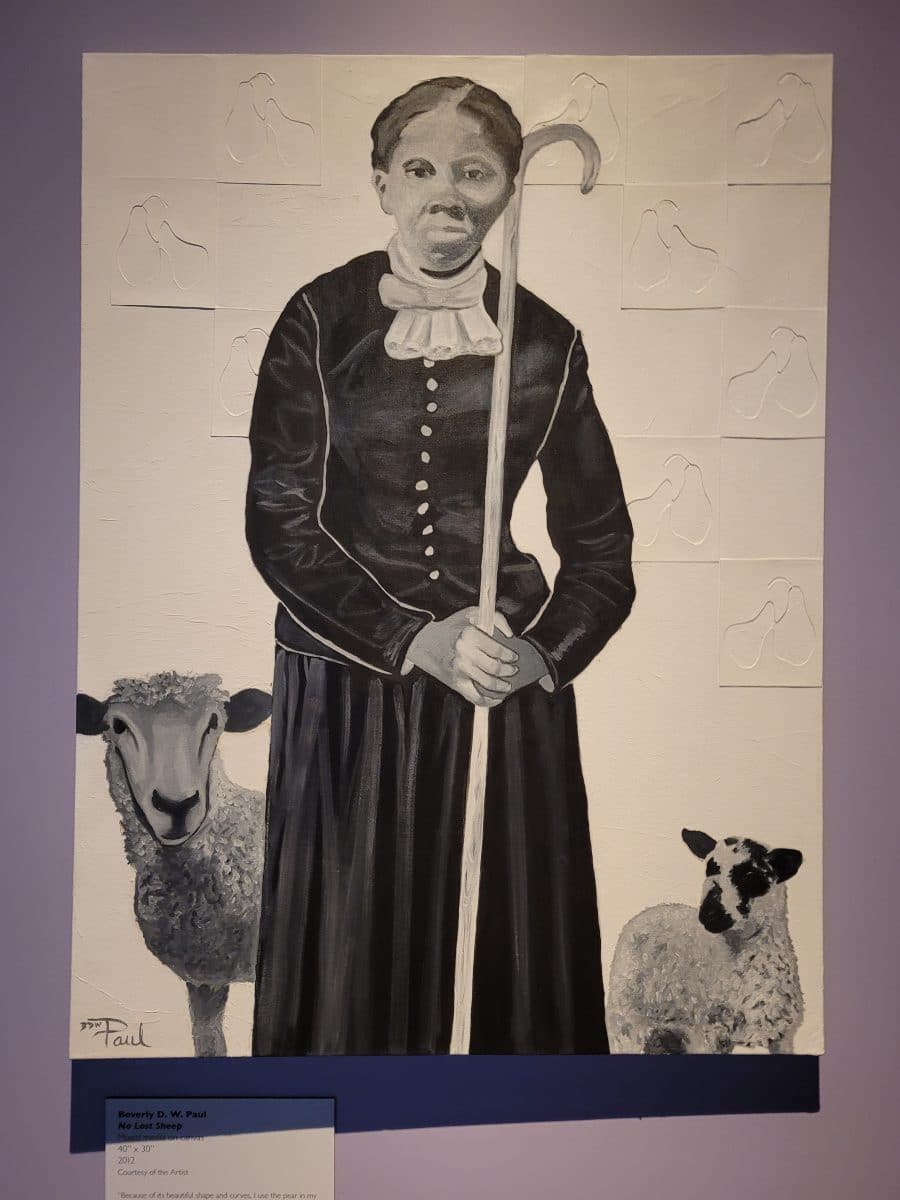
“Harriet learned how to read the night sky and the constellations, so she was also an astronomer,” says Larson. “Harriet had to learn how to read the water – how deep it was, how fast the current was, the direction of the tide as it was coming and going. She also learned how to navigate through the forest, the marsh, or an open field at night without light,” she continues.
“And when she did her first escape in 1849…there was a $40,000 reward for her return, which is equivalent to $1 million today.” Larson notes that The United States Army Military Intelligence Corps Hall of Fame inducted Tubman in June 2021 for her work as a Union spy.
RELATED: 10 UNESCO Sites Every African-American Traveler Should Visit
Honoring a Legendary Woman
On the other side of town, Wyman Park Dell has a section named for Tubman. “It’s an Olmsted-designed park and, until recently, the west side of the park was home to a confederate monument, which was removed in 2017 by the city…so the Friends of Wyman Park Dell felt compelled to bring community stakeholders together to talk about the future of that site,” says Friends of Wyman Park Dell board president, Martha Waldron.
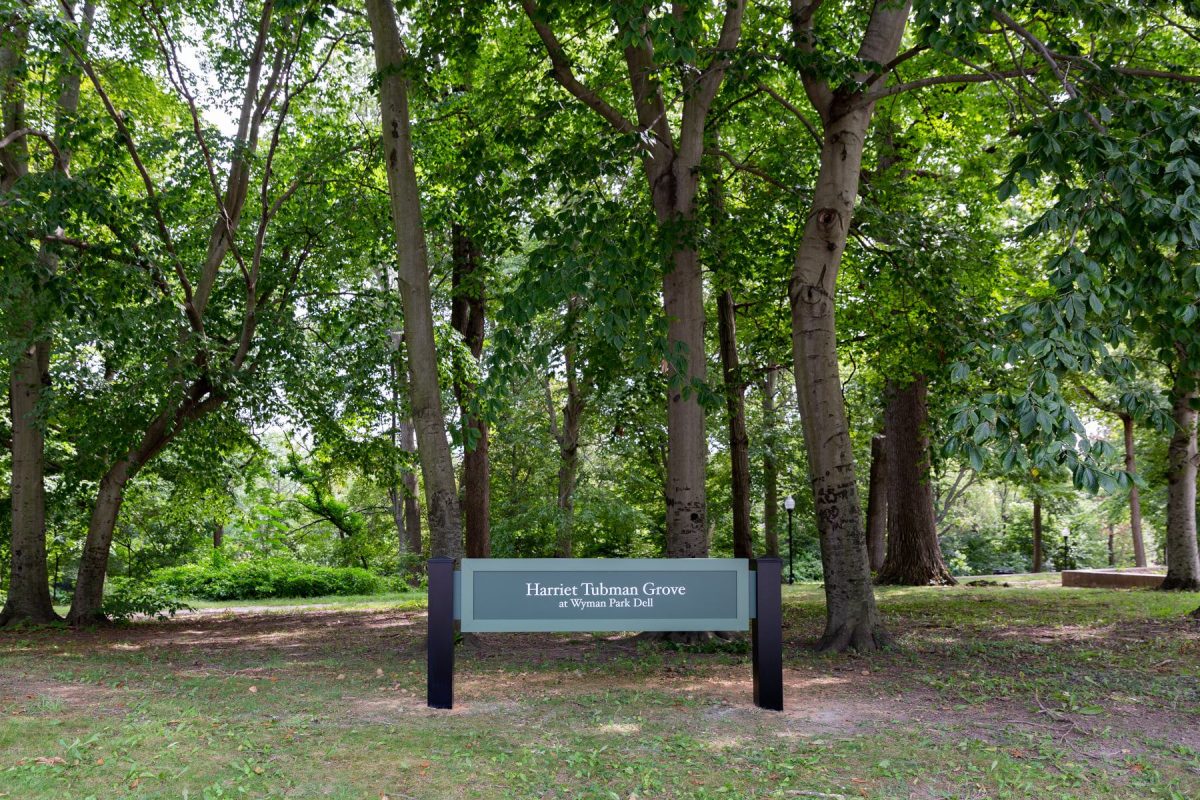
“[As a result], the west side of the park was renamed Harriet Tubman Grove in 2018. This was the first public space in Baltimore to be dedicated in Harriet Tubman’s name and the first rededication of a confederate monument site.” And though we’re still waiting for her image to grace the $20 bill, Tubman is honored in the Maryland Women’s Hall of Fame, hosted by the Maryland Commission for Women and the Maryland Women’s Heritage Center.
For many Tubman fans, there can never be enough honors for the abolitionist, soldier, suffragist and philanthropist. “It’s about empathy, compassion, bravery, courage, tenacity, and persistence. Harriet Tubman embodied all of that,” exclaims Freeman. Maszkiewicz agrees saying, “She fought for freedom until her very last days and showed us that one person can make a difference and change the course of history.”
RELATED: Visitor Center Honoring Harriet Tubman Opens in Maryland
For more information about the Harriet Tubman Underground Railroad State Park and Visitors Center, visit the website and Facebook page.
For information on the upcoming URR exhibit and other events at the B&O Railroad, visit the website and Facebook page.
To see what else is on exhibit at the National Great Blacks in Wax Museum, visit their website and Facebook page.
For events at the Reginald F. Lewis Museum, visit their website, Facebook page. And for more on the Harriet Tubman Grove at Wyman Park Dell, visit the Friends website, Facebook and Instagram pages.

